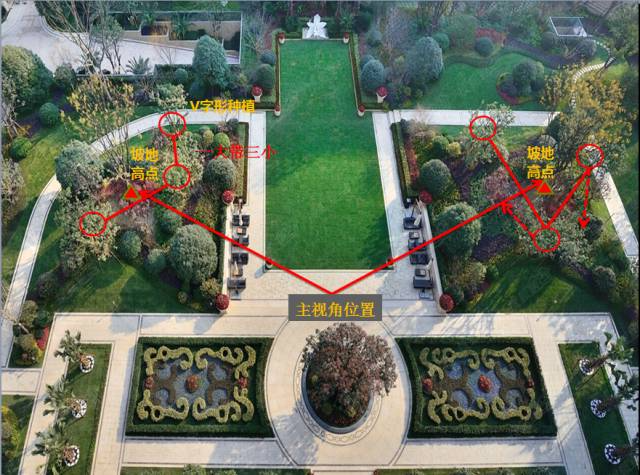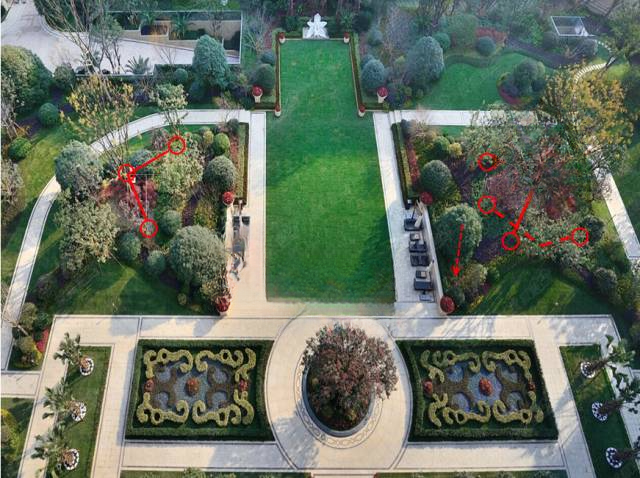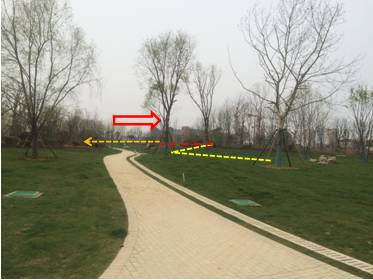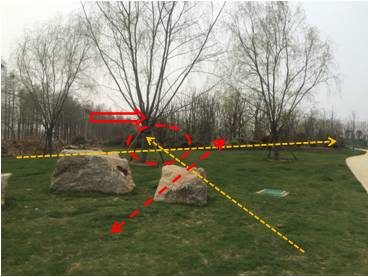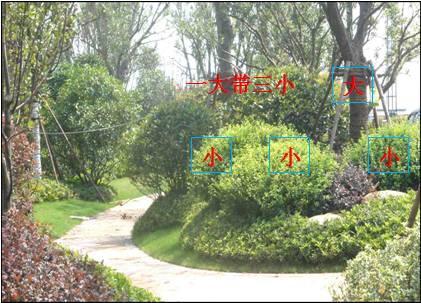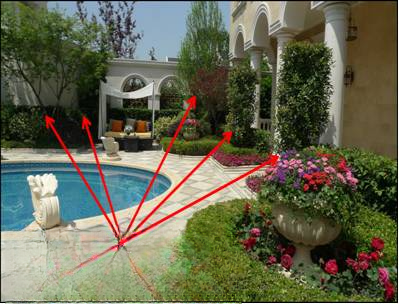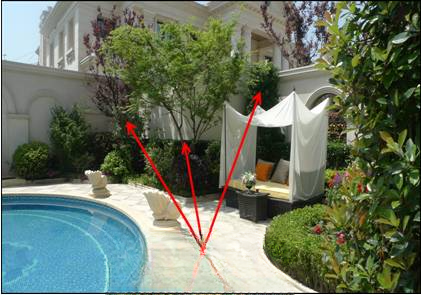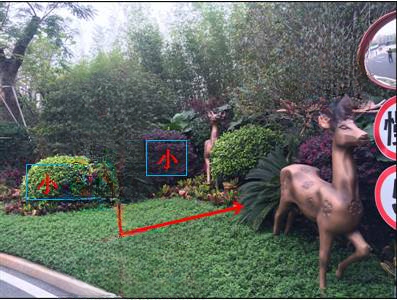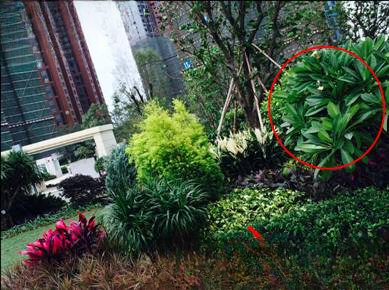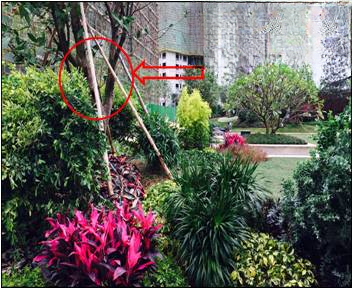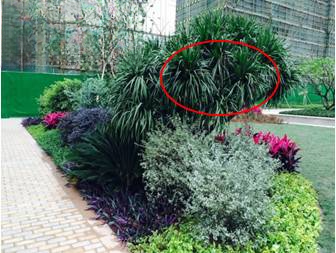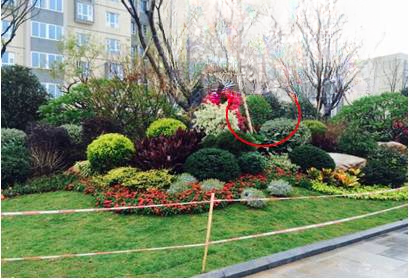The most complete illustration of garden plant configuration in history (collection)
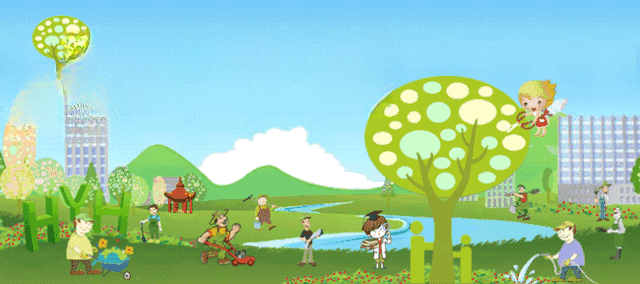
Planting trees requires a good sense of space, and by planting trees the skeleton of the entire site is created.
▌V-shaped planting diagram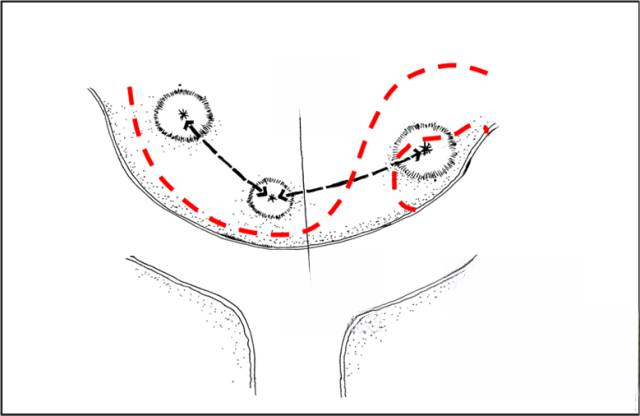
Positioning tips : First locate the first tree on the main viewing angle, then the one near the main viewing angle, and finally the one far away. The angle should be appropriately opened in parallel according to the slope type, avoiding right angles and equilateral sides. Select short and fat plants in front of the main viewing angle (the red dotted line is the forest edge line for reference).
▌C-shaped planting diagram
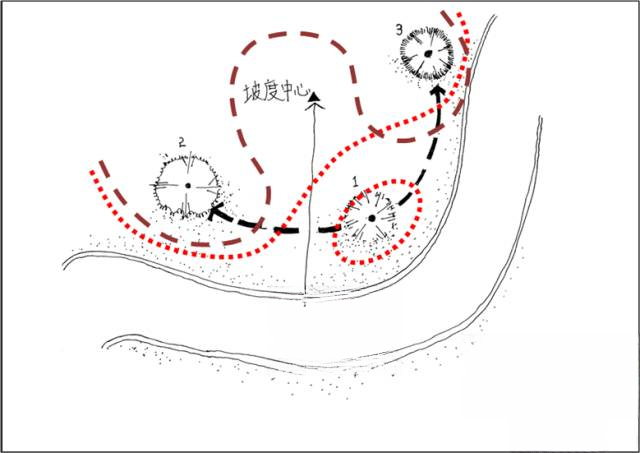
Positioning tips : Take the highest point of the slope as the center of the circle, select the first tree on the main viewing line, and use the distance between the center of the circle and this point as the radius to make a circle basically parallel to the outer arc of the terrain. Select the appropriate second and third points on the arc (the red dotted line is the reference line of the forest edge).
▌Single skeleton mixed with two Qiao planting diagram
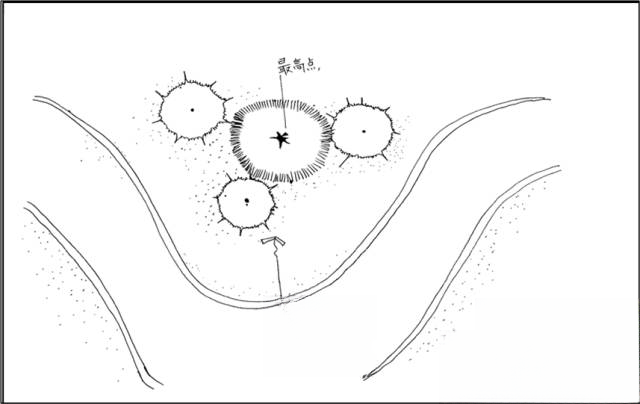
Positioning skills : Choose a high point on the slope to plant a single skeleton tree. Its volume should be significantly larger than the other two trees. Based on actual conditions, use a V-shaped or C-shaped tree on its periphery to match the other two trees.
Advantages : The mixed-match technique makes up for the weaknesses of V- and C-shaped plantings. The visual center of gravity is obvious, the skyline is full, the number of large tree seedlings and the overall cost are reduced, and it is in line with the development trend of landscaping with small and medium-sized trees as the main focus.
Disadvantages: The size, momentum and sense of age of the group are weaker than those of the V and C groups.
▌Inverted V-shaped planting diagram
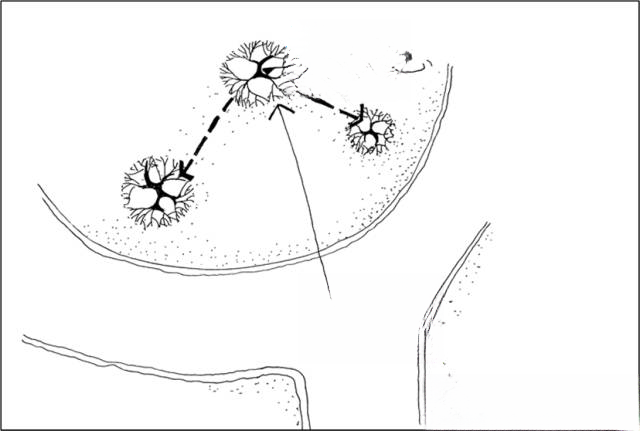
Positioning tips: Select the highest point of the slope from the main viewing angle (not necessarily the highest point of the slope) as the center point of W (or inverted V), and the W trend should be consistent with the outer arc. The center point should be the largest tree with the largest height and crown width.
Advantages: The framework is full and imposing, with a strong sense of hierarchy, no major visual weaknesses, and a stable center of gravity. The skyline is umbrella-shaped, naturally beautiful, and the group has a large sense of time and space span, which is easy to form a good and heavy landscape quality.
Disadvantages: The concave area needs to be supplemented by large shrubs or two trees, there are many planting layers, it is time-consuming, the combination is easy to be repeated, and the cost is relatively high.
▌M-shaped double slope planting diagram
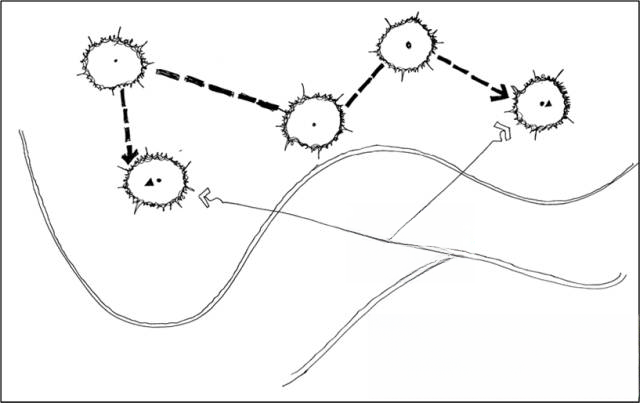
Positioning skills: Select the highest point of the two slopes as the starting point. When the two slopes are very different in size, the principle of 4:6 is adopted, and the middle transition position is offset to the larger slope. The same applies when the height difference is large. If the small slope is higher than the large slope and the size difference is obvious, the larger slope is used as the reference principle. There is a certain degree of flexibility in the selection of tree size. The smallest tree is selected for the middle transition, and the rest usually follow the principle of low near and high far from the main perspective.
Advantages: The transition within the same group is natural, planting is convenient, and it increases the clues of the connection between the two slopes, breaking the space limitations of the single-slope group and reducing the aesthetic fatigue of single-slope landscaping. It is an attempt at diversity in landscape effects.
▌M-shaped single slope planting diagram
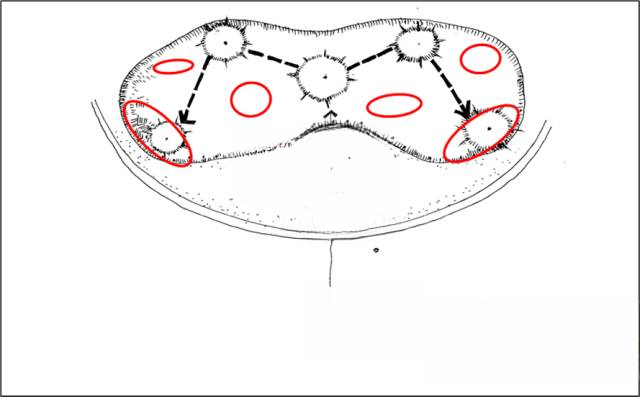
Positioning techniques: Select the largest tree at the middle high point. Because the middle is left empty for grass, two trees are placed outside at the big and small ends of the ground cover line (the larger red circle position in the picture). From here we can see that M-type double-slope planting is an application of M-type single-slope planting in a wider space.
Advantages: It has a large depth in the Z-axis space and a comfortable sofa shape. The viewer feels accepted visually and psychologically, creating a relaxed and empty environment. This method can meet the need for skeleton support when landscaping on all four sides, and is very suitable for terrain surrounded by three-way intersections.
Disadvantages: Fixed point requires mature construction experience and understanding of spatial layout, and it is necessary to consider the forest understory and ground cover lines in advance. If experience and control ability are insufficient, you can first make the ground cover line and reversely locate the skeleton. The red circle area needs to be supplemented by large shrubs or two trees, with multiple planting layers, time-consuming, and easy to repeat the combination.
Case Demonstration
The picture shows a single-frame mixed with two Qiao planting methods.
You can also choose a three-skeleton inverted V-shaped planting method
V-shaped case demonstration
The red circle is the junction of two main sight lines, the yellow dotted line is the direction of the tourist's sight, and the red dotted line is the distance between the forest edge and the road. The scattered trees and the group behind them should maintain a good spatial distance, and they should be independent of each other and have clear boundaries.
2 | Planting of flowering shrubs
❶ The same planting method as that of trees is basically used, but the arrangement is mostly in groups. The middle waistline is mostly tower-shaped, with short and fat plants as the transition, striving for simplicity and neatness.
❹ When there is no reference, you can first plant a large ball as a stone reference, and use it to locate the position on the main viewing line, at the prominent point or weak point of the landscape.
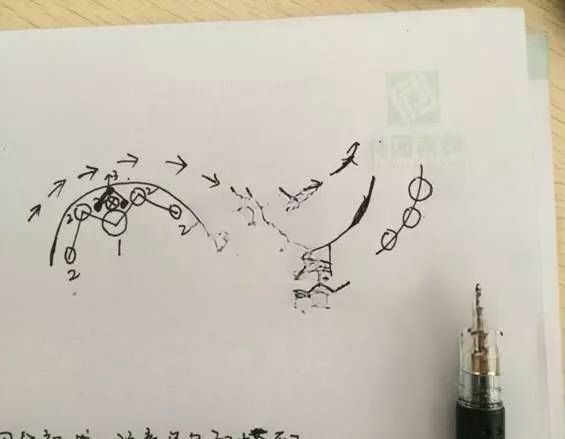
Case Demonstration
Error case display
3 | Open space greening configuration
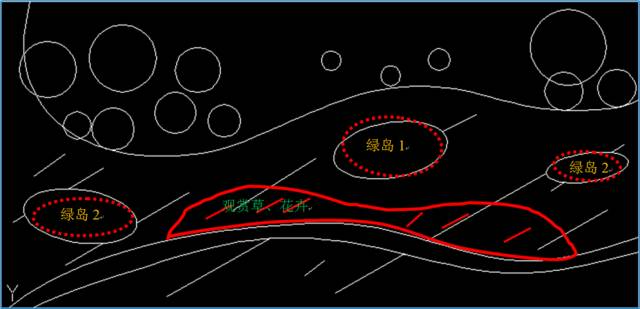
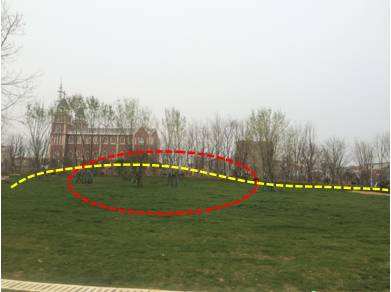
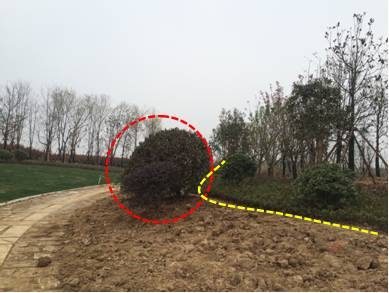
Choosing to use highly ornamental plants separately at some node positions can break the limitations of group lines and frames and create a refreshing effect, but the separation between the group (yellow line) and the solitary plant (red circle) should be clearer.
The relationship between the location of solitary or scattered trees and the larger group
▼
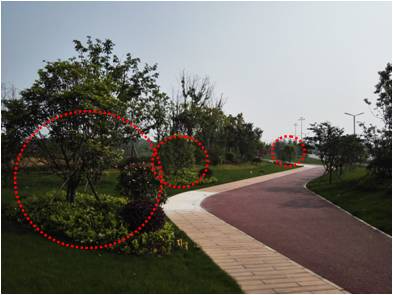
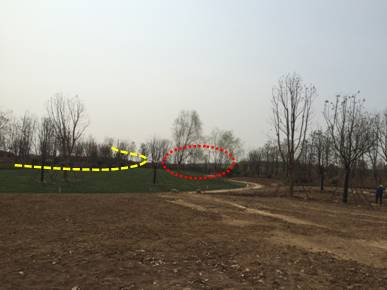
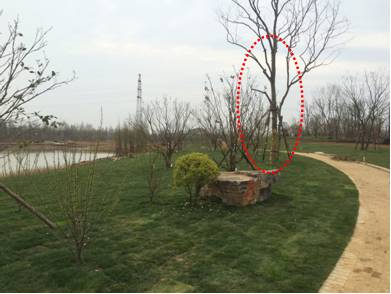
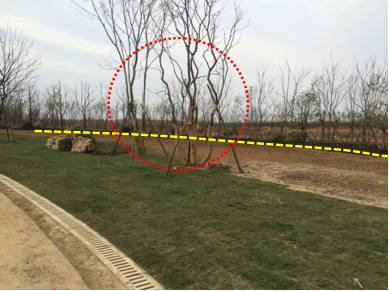
Each group should vary in shape, volume, height and size, with different expression focuses, and pay attention to combining with the terrain. They can follow the trend, that is, large groups on large terrain, and high groups on high terrain, to fully express the effect of the undulating changes in the mountain shape.
Schematic diagram▼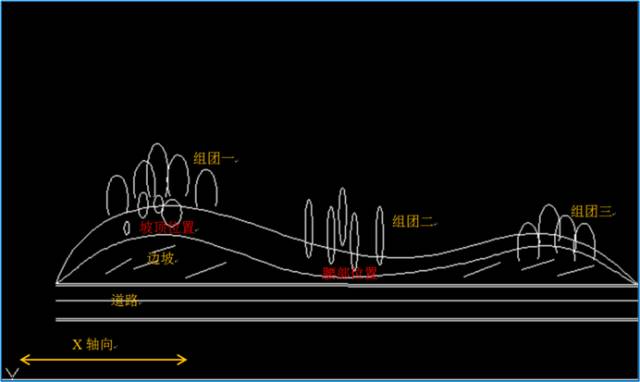
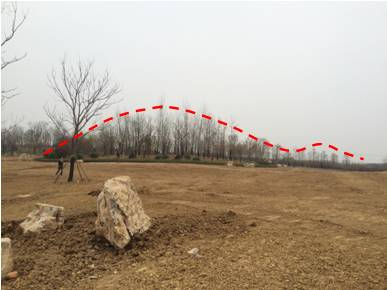
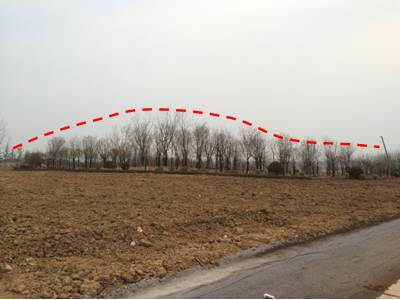
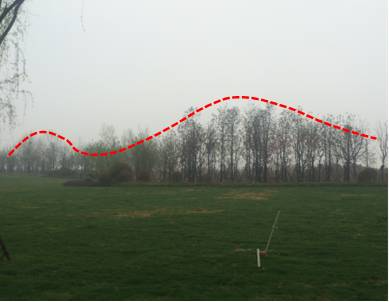
So, how do we divide the open space with reference or less reference?
Open spaces are relatively independent and lack reference, so it is often difficult to know where to start when configuring groups. The key is how to independently create a reference system. You can transplant mature modules based on your own experience, but landscaping often lacks clues and integrity, which can easily lead to repetition and confusion.
Schematic diagram▼
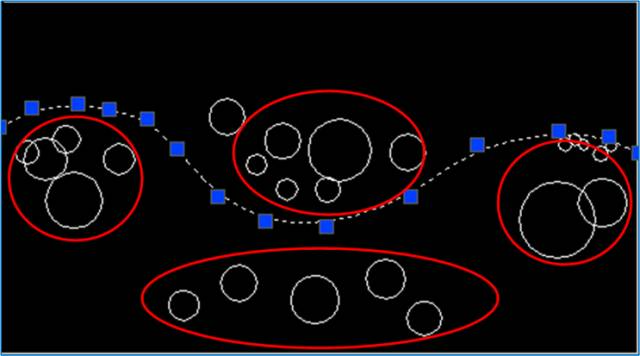
Schematic diagram▼
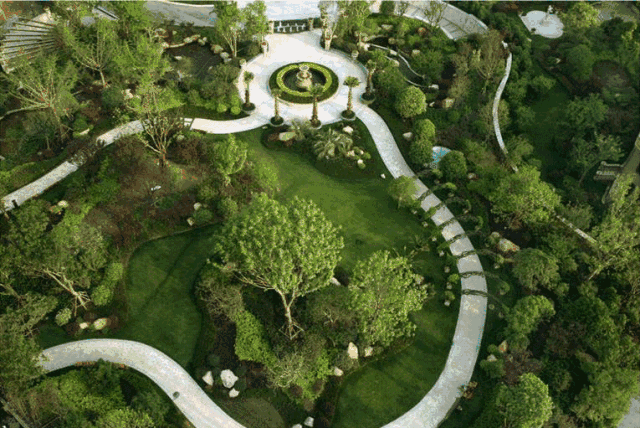
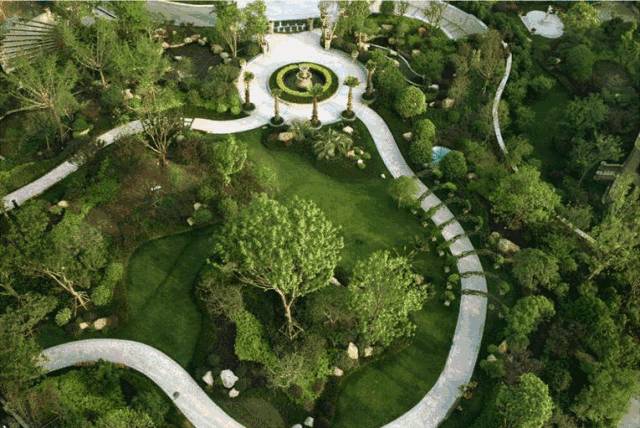
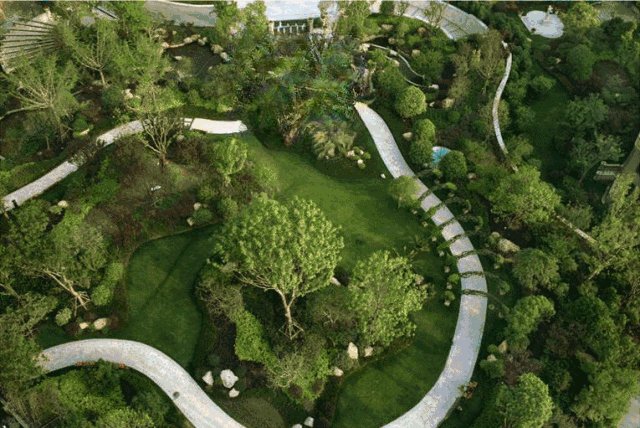
Taking the overall layout into consideration, the spatial position, shape, size and mutual relationship of the group are planned in combination with actual garden paths and virtual garden paths.
4 | Ground Cover Planting Tips
❶ Choose arcs reasonably according to the terrain, garden paths, and forest edges, and try to ensure that the lines are smooth and complete. Large arcs are mainly used for large terrain, while small terrain and flower borders can use fragmented and small arcs with variable curves.
❺ The edging ground cover should be planted along the slope with a downward tilt, with the outer edge lines being planted first, with the tilt angle decreasing from the outside to the inside. The size of the seedlings should be selected during planting, following the principle of planting short in front and high in the back.
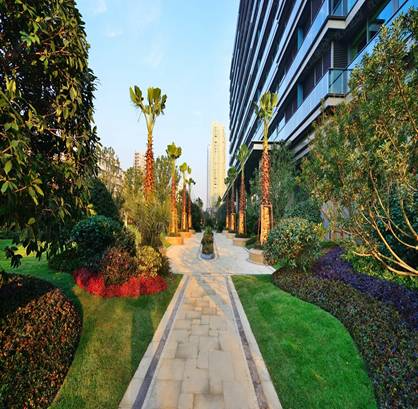
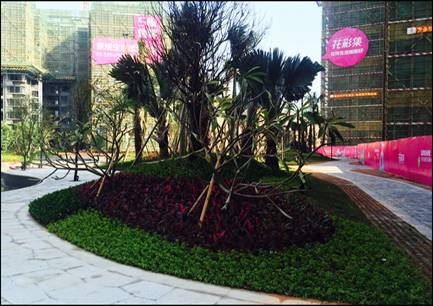
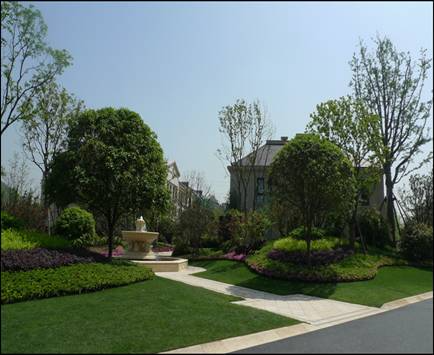
5 | Commonly used ground arcs
❶All terrain, non-disconnected terrain commonly used ground cover arcs are 8-shaped, half 8-shaped, C-shaped, butterfly-shaped, plum blossom-shaped. Mostly suitable for medium and large terrain.
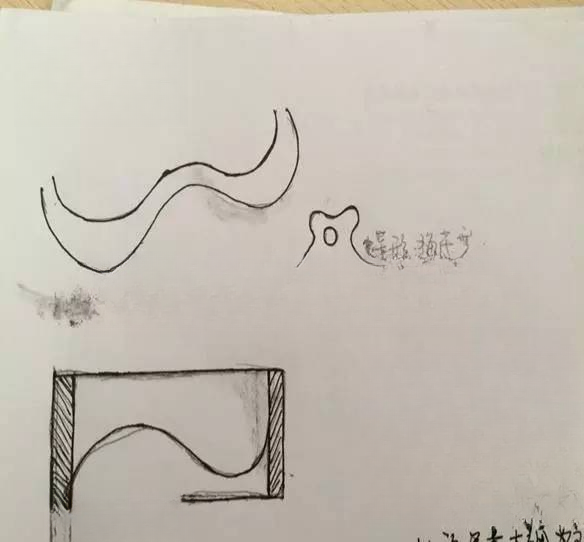
❸ When planting inwards, multiple S-shaped small radius arcs and Ω-shaped are often used, which are suitable for small and medium-sized terrains.
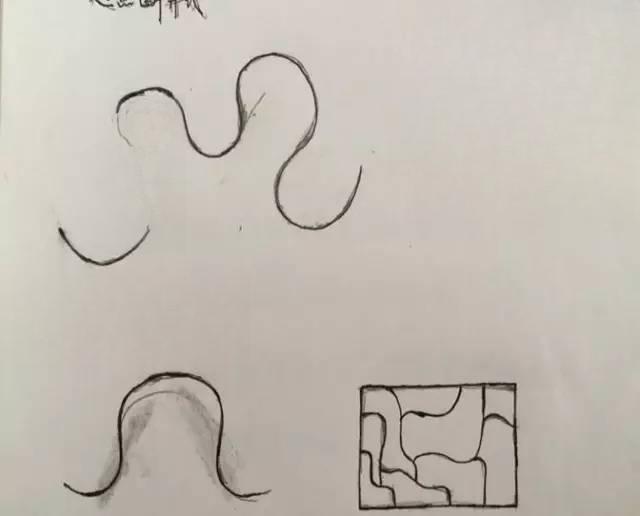
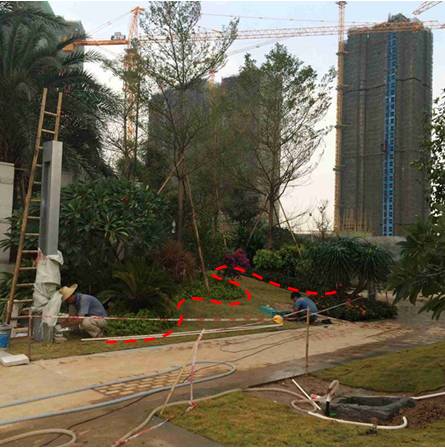
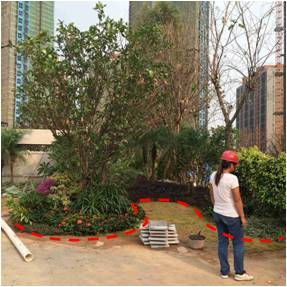
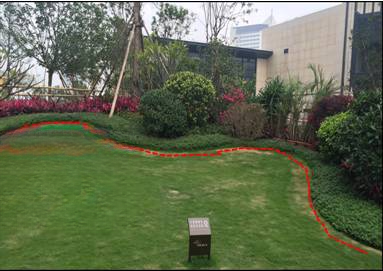
❻ When narrow and long rectangular terrain is difficult to handle, disconnected arcs and multi-S small radius arcs can be used.
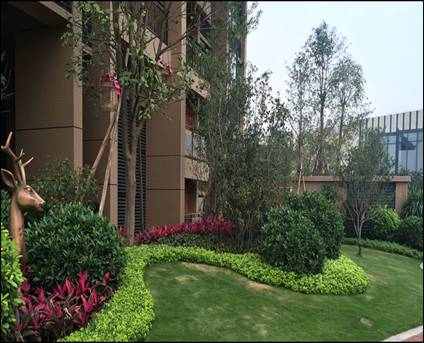
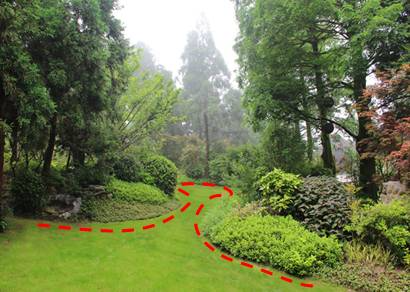
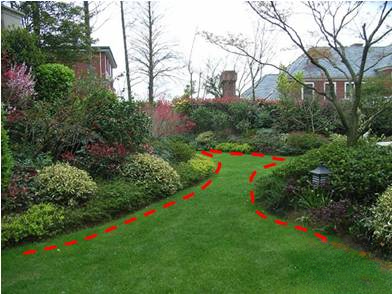
6 | Color Blocks
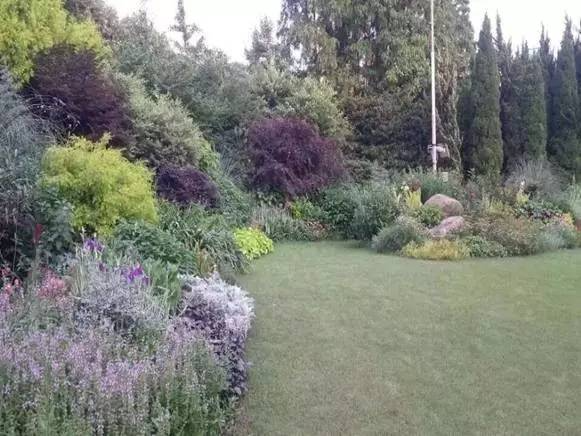
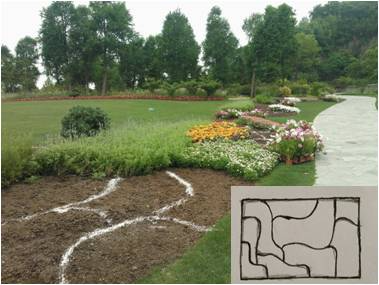
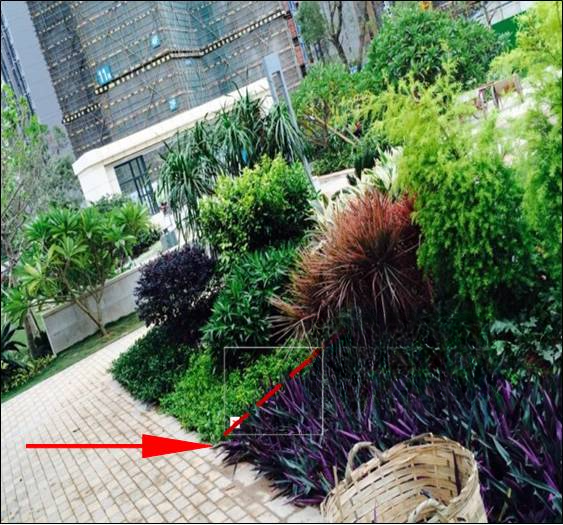
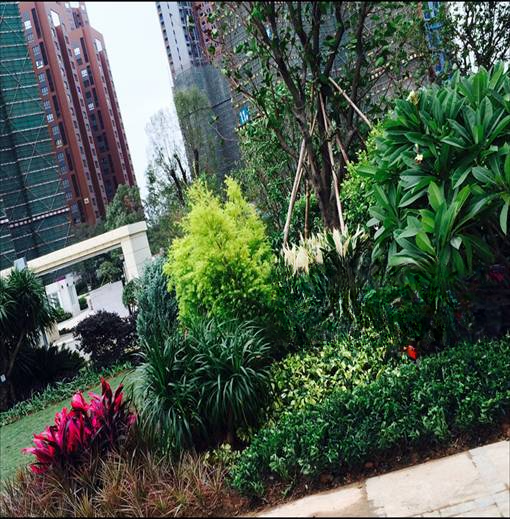
7 | Turf joint
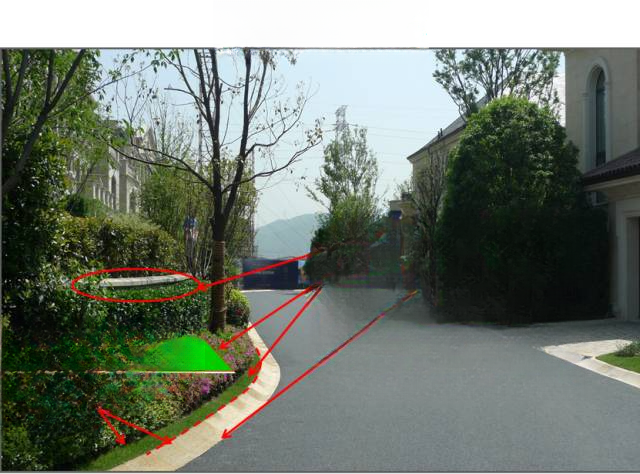
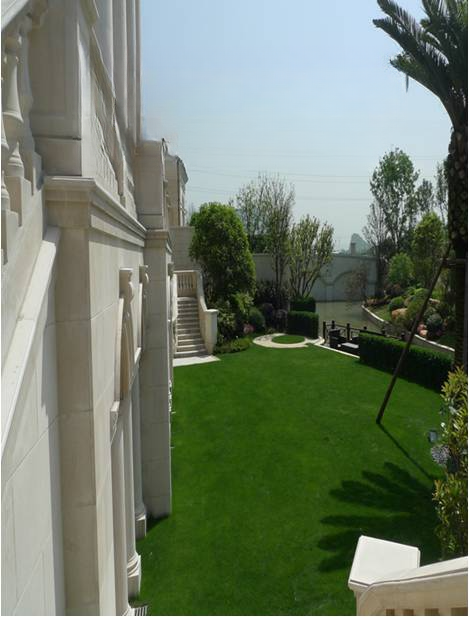
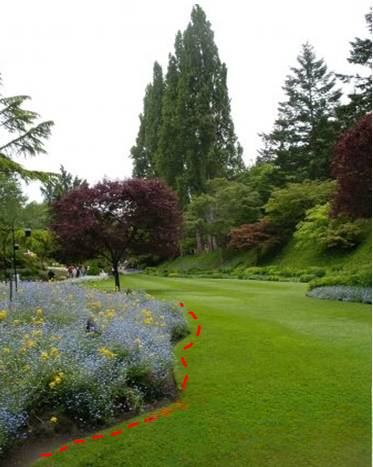
After understanding the basic requirements for plant configuration, you'd better also know the "numbers" and "techniques" of plant planting.
“1” is not a lonely number
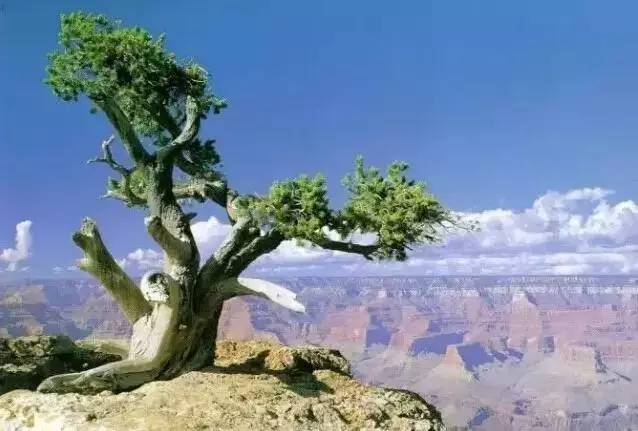
When creating a landscape, "1" no longer represents a musical notation, nor is it a symbol of the highest honor, nor does it mean loneliness. If a plant is used as a focal point or symbol of a landscape, then it is important to ensure that the various botanical characteristics of the plant are sufficient to consolidate its important position.
“2” is the symbol of traditional mode
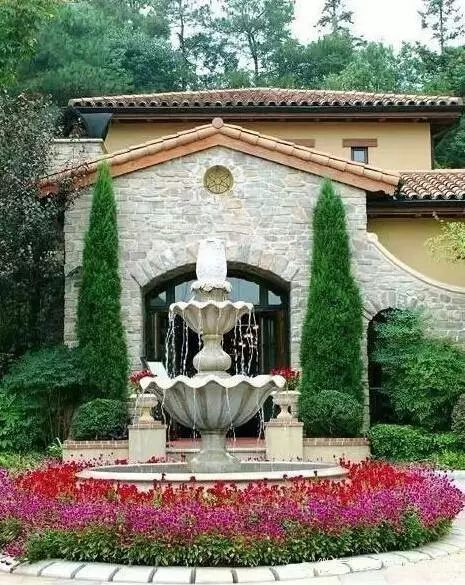
Like the gatekeepers at the palace gate, the number "2" represents strict rules and regulations. Therefore, planting a plant on each side of the garden entrance or house entrance can give people a strict and formal first impression. Trees and shrubs are often used in pairs, but perennials are not very common. Usually some large perennials and annual grasses, as well as some annuals and perennials with delicate appearance can be planted in pairs at the door or entrance.
“3” represents a balance
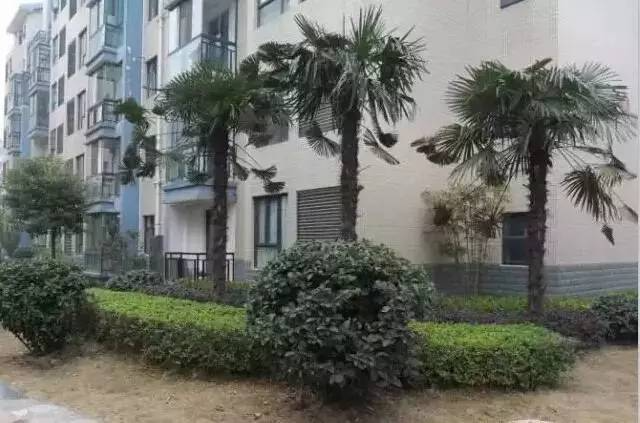
"3" can be used to represent a human social relationship, and this numerical pattern often appears in garden landscaping. This pattern needs to be arranged reasonably to achieve the desired effect. For example, planting three plants in a row will look dull and boring; if there is enough space, planting them in an equilateral triangle pattern will definitely be much more beautiful than planting them in a straight line. This pattern is suitable for plants with upright plants. Leave enough space between plant materials, especially when the plant species are different. Sometimes, you can even use some garden decorations to replace one of the plants, such as a basin-shaped decoration for birds to drink water.
“4” average distribution has good effect
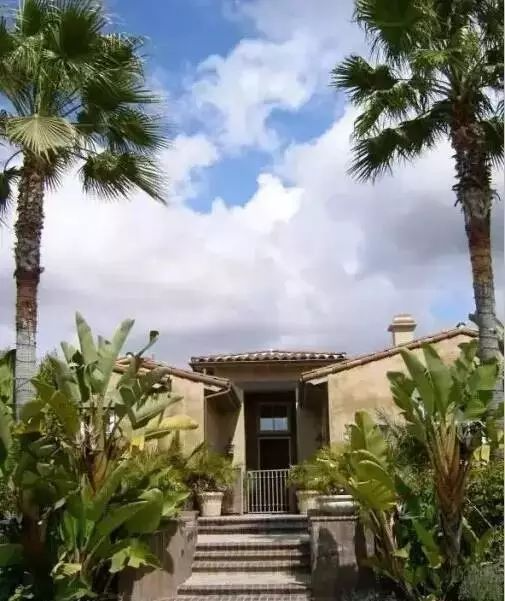
"4" can be distributed in different ways, such as being divided into two groups and planted at the entrance. In fact, there is another very good way, which is to plant 4 plants in each small area of the equally divided circular or square plot, without considering whether the plant varieties are the same. In addition, "4" can also be distributed according to 3+1, and then planted at the entrance or on both sides of the road. This method is mostly used to arrange evergreen plants. However, when arranging this plan, the overall structure and weight level of the group of 3 should be basically the same as that of the group of 1, otherwise the coordination of the landscape will be destroyed.
“5” creates a good visual experience
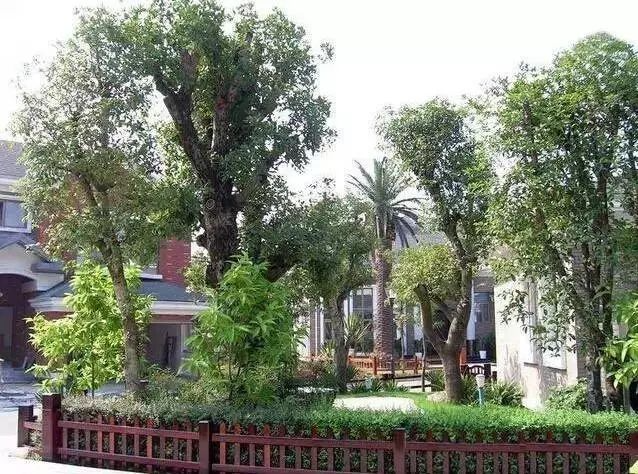
"5" is a number that is used very frequently in landscape design. The conventional design pattern is to plant it in two rows, with 3 plants in the first row and 2 plants in the second row. This pattern is very suitable for rectangular planting beds and is also applicable to irregular planting beds, but it is not suitable for plant settings on both sides of the road.
"6" is evenly divided into two groups
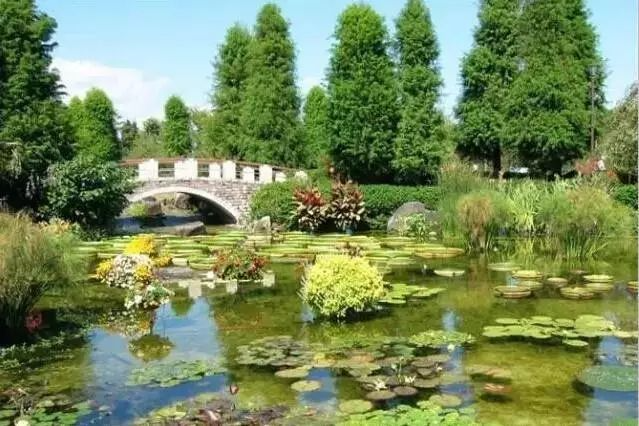
Dividing the "6" into two groups is a good choice. This pattern can be used to fill the corners of the garden, and the three plants in each group can be planted in staggered rows or in a triangle. However, do not distribute the plants in a 2+4 pattern, so as not to destroy the balance of the plant landscape; do not arrange them in a row, which will not attract people's attention.
"7" or more forms a group effect
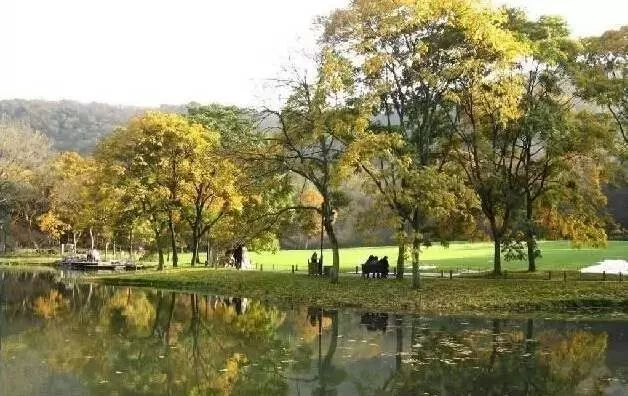
If there are 7 plants, you can plant them together to achieve a stronger visual impact; or arrange the same plants in a group and distribute them in the form of 3+3+1, but never distribute them in the form of 3+4, which will affect the balance. If the number of plants is an odd number greater than 7, you can divide it into several combinations of odd numbers, such as 3+3+3=9; but do not divide it into a combination of an odd number and an even number, such as 5+4=9, which will also destroy the balance of the landscape. As a limit of quantity, if it reaches 12 or more, the role of the plant's appearance in the landscape will be greatly improved and exceed the landscape effect formed by the number. At this time, planting in pieces is sufficient.
Dear readers, if you feel good, please like and follow us. Your affirmation is our driving force to move forward!
